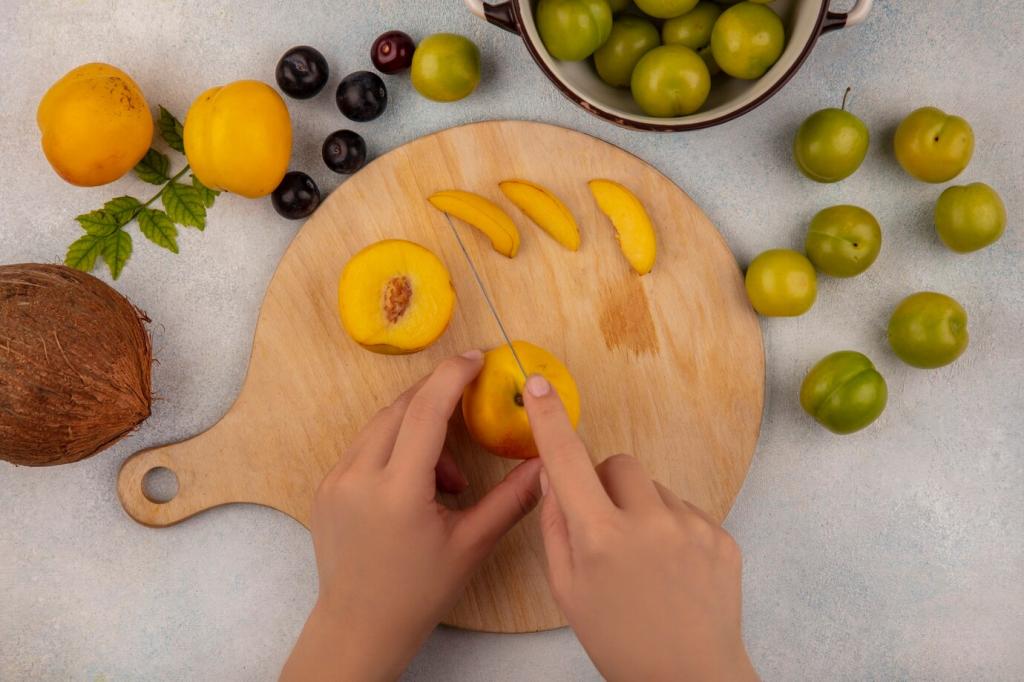
Palate Differences: Wine and Craft Beer Taste Explorations
Today’s chosen theme: Palate Differences: Wine and Craft Beer Taste Explorations. Join us as we decode how tongues, noses, and memories perceive wine and craft beer differently, and discover ways to train, compare, and celebrate your evolving palate. Subscribe and share your tasting notes to shape our next exploration.
Sensing Structure: How Wine and Craft Beer Feel and Taste
Sweetness: Residual Sugar Versus Malt-Derived Sweetness
In wine, residual sugar can glide across the tongue, while in beer, malt sweetness brings biscuit, caramel, or toffee tones. Notice how a dry Riesling’s razor acidity feels different from a crisp kölsch’s malt lift. Which sensation makes you reach for another sip?
Acidity and Bitterness: Opposite Edges of Balance
Wine often balances with acidity, sharpening fruit and cleansing richness. Craft beer frequently leans on bitterness from hops, bracing sweetness and cutting oil. Compare a Sauvignon Blanc’s snap with a West Coast IPA’s piney bite. Tell us which edge feels more refreshing to you.
Texture: Tannin and Carbonation in Conversation
Red wine tannin grips, shaping dryness and structure. Beer’s carbonation lifts, pricks, and expands aromas. Try a tannic Cabernet next to a lively saison to feel grip versus fizz. Keep a journal and describe the afterfeel: is it velvet, chalk, or sparkling foam?
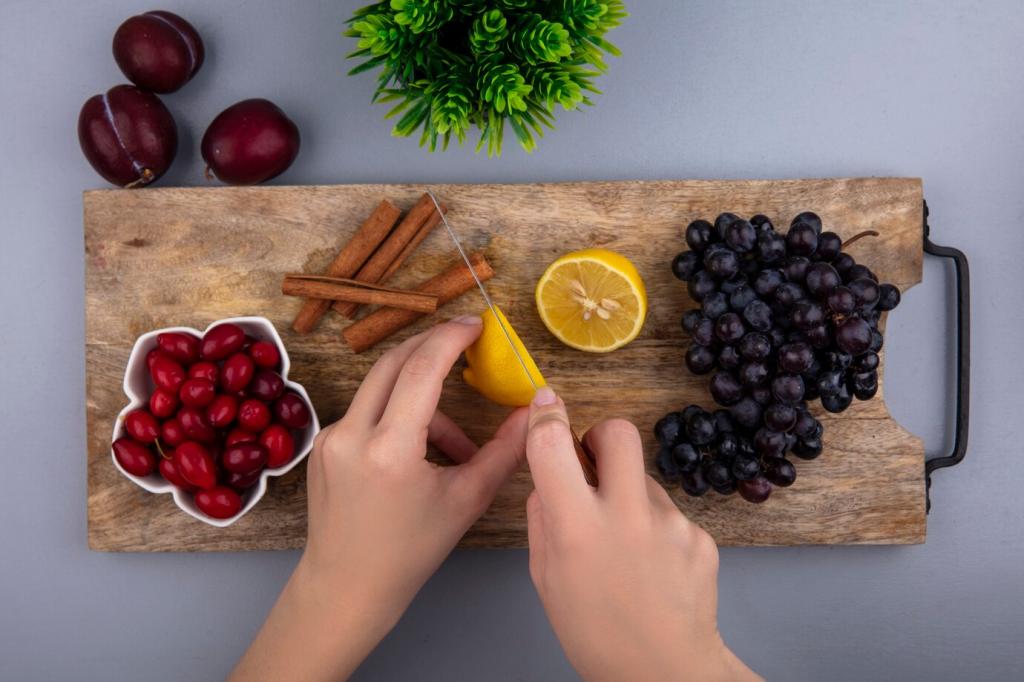
Fruit and Floral: From Vineyard to Hop Yard
Wine’s orchard and stone fruits mirror beer’s hop-driven citrus, tropical, and floral notes. Smell a Muscat’s jasmine beside a Citra-hopped pale ale’s mango bloom. Notice overlap, then differences in intensity and finish. Share your surprising matches with our community in the comments.
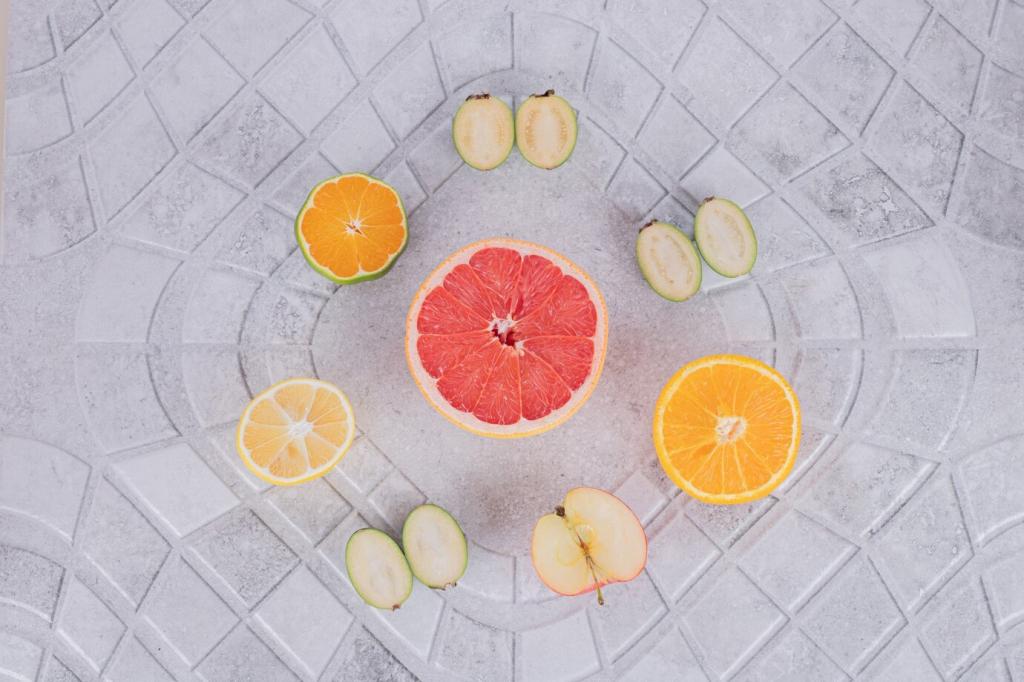
Fermentation Voices: Yeast, Phenols, and Esters
Burgundy’s subtle red-fruit lift owes as much to yeast as Pinot. Belgian ales offer clove, pepper, and banana esters from expressive strains. Compare spontaneous wine funk to mixed-fermentation beer. Which fermented whisper intrigues you most, and how does it change with a few degrees of warmth?
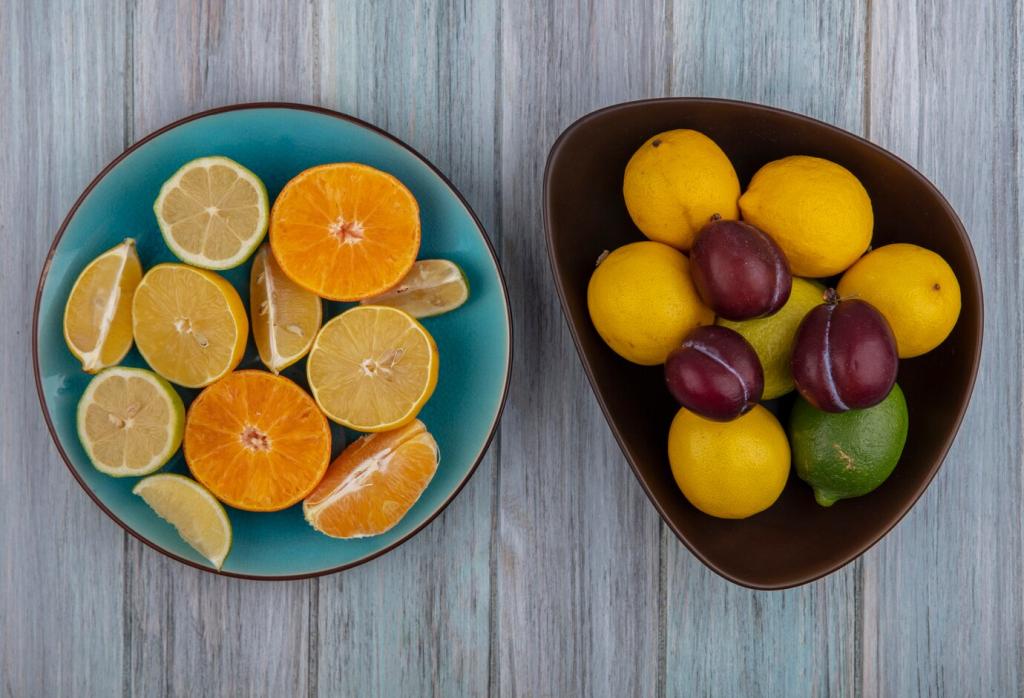
Flaws and Quirks: When Character Becomes a Lesson
Oxidation can turn wine nutty or tired while staling makes beer papery. Diacetyl brings buttered-popcorn tones in beer; volatile acidity pricks the nose in wine. Train by sniffing carefully, then revisit a fresh bottle. Tell us how your perception evolved after controlled exposure.
Place and Ingredients: Terroir Meets Recipe
A Pinot Noir whispers cool-climate cherries; a Munich malt base hums bread-crust warmth. Notice how grape skins and barley kilning steer flavor. Taste side-by-side: a coastal Chardonnay and a pilsner brewed with soft water. Which one sketches its origin more clearly to your palate?
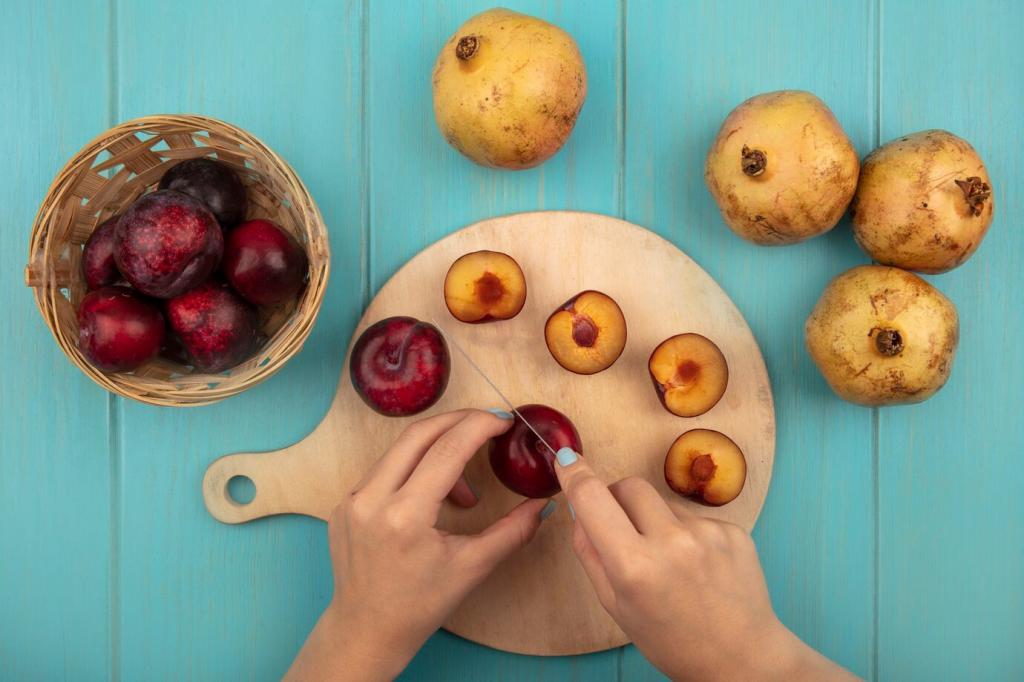
Training the Palate: Methods You Can Practice Today
Observe color, swirl, and smell; then sip, savor, and note finish. Repeat with a pale ale and a Sauvignon Blanc, focusing on intensity, development, and balance. Ask yourself: what changed after the second sip? Post your notes to compare with other readers.
Training the Palate: Methods You Can Practice Today
Prepare sugar, salt, citric acid, and tonic solutions to benchmark sweetness, saltiness, acidity, and bitterness. Taste blind, then map thresholds. Next, try a hoppy lager and a dry rosé. Does your sensitivity shift between categories? Share your thresholds and surprises.

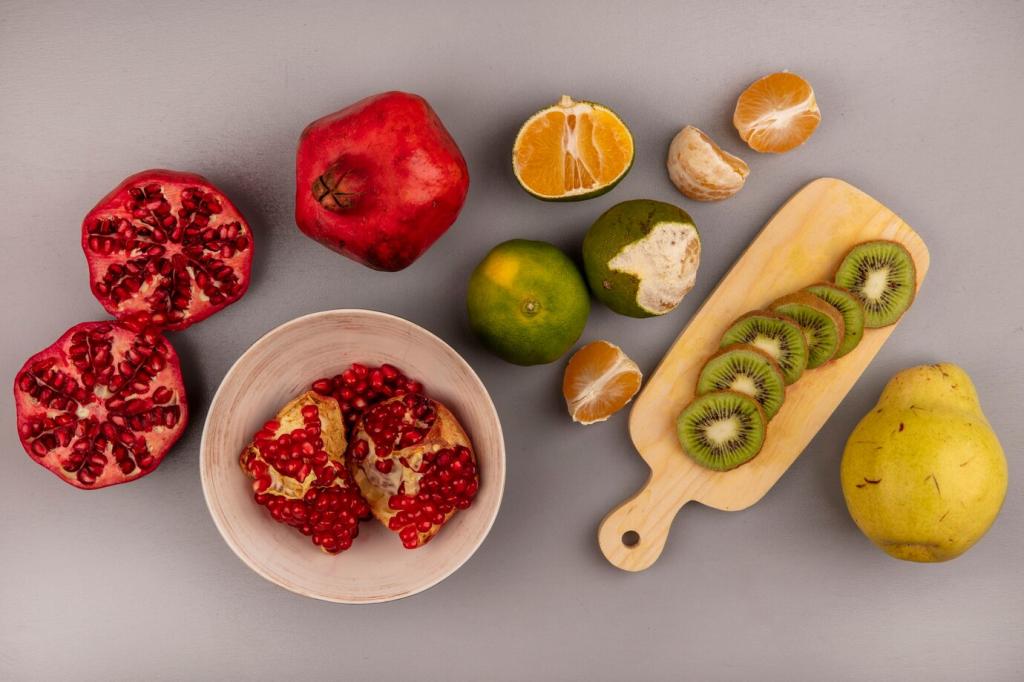
Stories From Both Sides: Brewer Meets Sommelier
01
Harvest to Brew Day
During a foggy September harvest, a sommelier noticed Pinot’s delicate stem spice. Weeks later at a brewery, she recognized similar spice from a Belgian yeast. Her journal linked both aromas. What cross-category echoes have surprised you lately?
02
Blind Flight Night
Friends poured two flights: three whites, three pale ales. Tasters described lime, gooseberry, and cut grass—only to find those notes belonged to the IPA with Nelson Sauvin hops. Post your favorite blind-tasting twist to keep our challenge series growing.
03
A Barrel Room Epiphany
In a dim cellar, a brewer compared a bourbon barrel stout with a Right Bank Bordeaux. Vanilla, toast, and cocoa aligned, but texture diverged. That contrast sharpened his blending decisions. Would you like a guided barrel comparison? Comment and we’ll schedule a community session.
Trends Worth Tasting: New Frontiers for Curious Palates
Spontaneous and Wild Fermentation
Lambic and gueuze echo the wild edges of natural wine. Expect funk, acid, and a living sense of place. Compare a pét-nat’s brisk bubbles with a traditional gueuze’s rustic sparkle. Tell us which wild path feels most alive in your glass.
Barrel Programs and Micro-Oxygenation
Winemakers manage oxygen and oak for structure; brewers adapt barrels for sours and stouts to layer vanilla, spice, and cocoa. Taste a Rioja against a barrel-aged stout, focusing on mid-palate weight and finish. Share your most seamless wine-beer barrel pairing.
Lower Alcohol, Bigger Nuance
Session IPAs, table saisons, and lower-ABV wines invite longer conversations with flavor. With less heat, nuances pop—herbs, citrus pith, delicate florals. Host a low-alcohol tasting night, note clarity of structure, and tag us with your findings for feedback.
